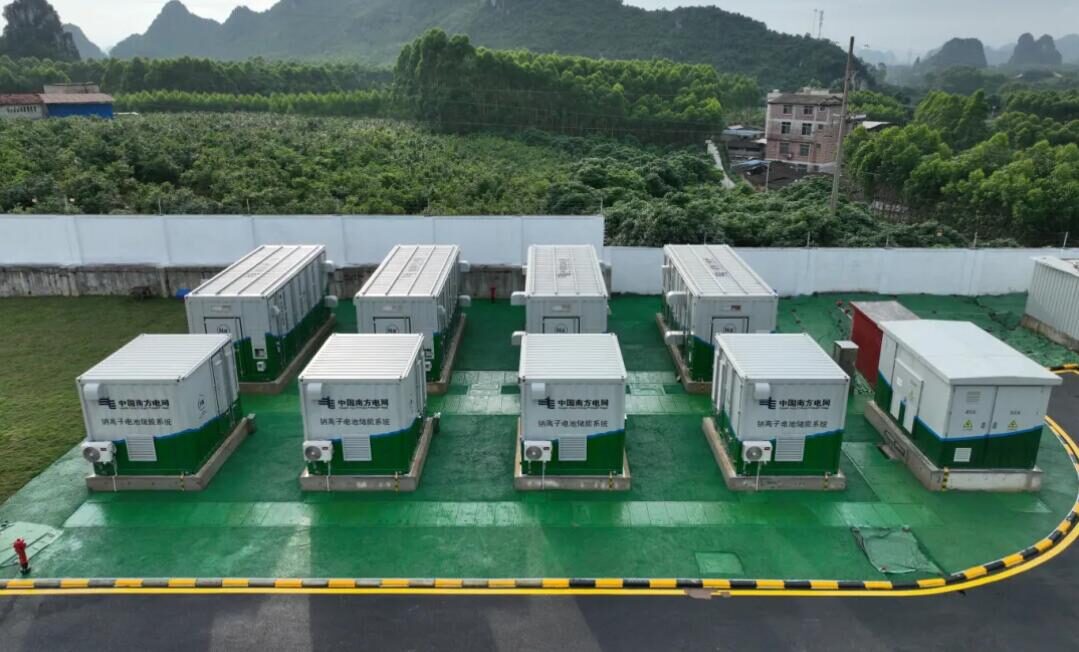A team of scientists from the CSIRO and Tapestry, a part of Google X’s innovation hub, have prototyped an advanced grid-forming inverter that they say is faster and more responsive than current inverters and has the potential to accelerate the transition to renewable energy.
The CSIRO said the new prototype inverter, which is based on embedded intelligence technology used in electric vehicles (EVs) and autonomous drones, features signal sensing and signal filtering hardware, as well as grid-forming and microgrid software.
The scientists said this allows the inverters to communicate with other devices on the grid like solar panels, batteries, and traditional generators to more accurately detect voltages and currents, and also act on that information to keep the grid stable.
CSIRO Energy Systems Research Director John Ward said this capability is critical as coal and gas-fired generators exit the system and more dynamic and unpredictable renewable resources like solar and wind come onto the grid.
“Unlike their less-savvy predecessors, grid-forming inverters can communicate with the grid,” he said. “They can discern precisely when to ramp up energy distribution.”
The teams said laboratory tests have demonstrated that their prototype can coordinate with devices across the grid to maintain stability, they could be 50% more cost-effective to produce, and they don’t compromise on conversion efficiency. The prototype, about the size of a laptop computer, delivers 300 kW output, which translates to the capacity of 164 inverters currently available in the market.
Tapestry Chief Scientist Leo Casey, who designed the prototype smart inverter, attributed the increased capacity to the shift from silicon used in traditional inverters to silicon carbide, a move that could also reduce costs due to its ability to better withstand elevated operating temperatures and voltages than silicon-based devices.
Popular content
“We’ve designed an inverter that has around 50% higher energy density with about 50% faster response time at 99% efficiency, all at about half the cost of a traditional commercial inverter,” he said.
The next phase of the project will include exploring opportunities to partner with power distribution companies to deploy the inverters in the field to test how well they function in the real world.
CSIRO Smart Energy Mission Lead Stephen Craig said he expects electricity distribution network operators and third-party entities like virtual power plant operators to be interested in the technology, reasoning that grid-forming inverter technology will be vital to manage the flow of renewable energy into a traditional electricity grid to avoid oversupply, respond to demand, and eliminate blackouts.
“Australia’s currently sitting on a goldmine of renewable energy, yet much of it goes to waste due to our inability to harness it effectively,” he said. “In the future, we will need technology that can improve grid stability, enhance efficiency, integrate energy storage, and enable remote monitoring and control.”
This content is protected by copyright and may not be reused. If you want to cooperate with us and would like to reuse some of our content, please contact: editors@pv-magazine.com.




By submitting this form you agree to pv magazine using your data for the purposes of publishing your comment.
Your personal data will only be disclosed or otherwise transmitted to third parties for the purposes of spam filtering or if this is necessary for technical maintenance of the website. Any other transfer to third parties will not take place unless this is justified on the basis of applicable data protection regulations or if pv magazine is legally obliged to do so.
You may revoke this consent at any time with effect for the future, in which case your personal data will be deleted immediately. Otherwise, your data will be deleted if pv magazine has processed your request or the purpose of data storage is fulfilled.
Further information on data privacy can be found in our Data Protection Policy.